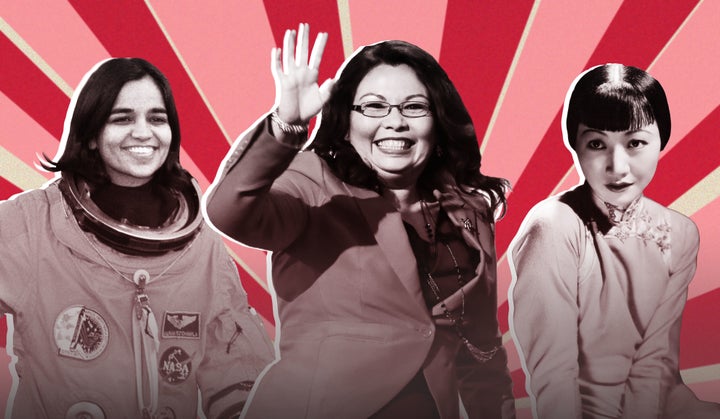
What Women Want Now is a program by HuffPost and her sister sites dedicated to creating content about the issues and stories that matter most to women. Read more here. Join the conversation with #WhatWomenWantNow.
Asian-Americans talk a lot about the need for representation in Hollywood ― we see you (and feel seen!), “Crazy Rich Asians” ― but there’s room for strides in representation in pretty much every field. That’s especially true for Asian-American women.
Not only do Asian-American women have to contend with the glass ceiling, but we also have to worry about the “bamboo ceiling”: an invisible barrier that systematically keeps Asians out of leadership positions in spite of success in the workplace and in school.
We’ve got a long way to go, but some of the work has already been done; let’s not forget all the women who came before us and paved the way.
Below ― to mark Women’s History Month ― we give props to eight Asian-American pioneers who became heroines in their respective fields. This is by no means a comprehensive list, so feel free to share who would have made your list in the comments.
Patsy Mink (1927–2002), the first woman of color in Congress
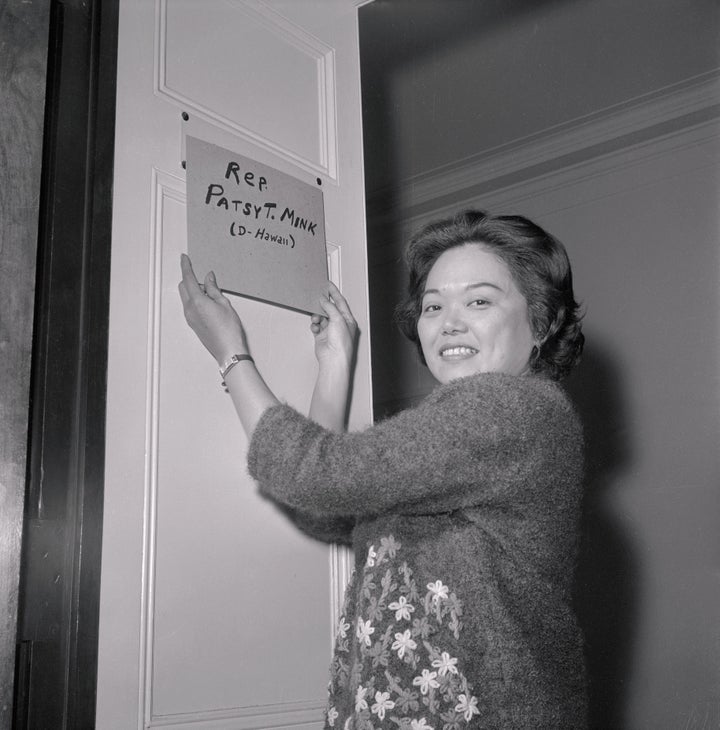
Talk about a trailblazer: Patsy Mink, a third-generation Japanese-American, became the first Asian-American woman (and the first woman from an ethnic minority group) to be elected to the United States Congress in 1964.
In her four decades there, she worked to amplify the voices and rights of immigrants, women and children. Mink also aggressively championed Title IX, the legislation that brought academic and athletic equity to American educational institutions.
“It is easy enough to vote right and be consistently with the majority,” she once said of her lone-wolf voting track record. “But it is more often more important to be ahead of the majority, and this means being willing to cut the first furrow in the ground and stand alone for a while if necessary.”
In 1972, Mink became the first Asian-American to seek the Democratic presidential nomination. On the eve of the 2016 election, Mink’s daughter, Gwendolyn, reflected on her mother’s enduring legacy.
“My mother taught me that an election is not an end in itself, but rather an opening to do the hard work of securing justice, peace and the well being of all,” she wrote.
Anna May Wong (1905-1961), Hollywood screen goddess
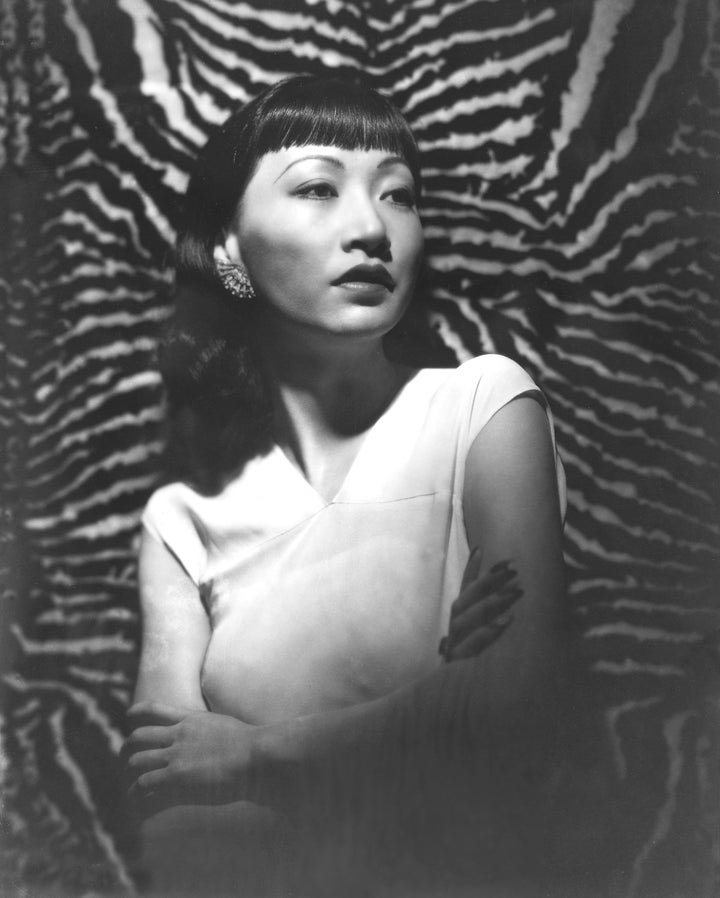
No one did sultry better than Anna May Wong: The Los Angeles-born screen siren landed her breakthrough role at age 17 in 1922’s “The Toll of the Sea.” Wong was also quite the clotheshorse — in 1934, the Mayfair Mannequin Society of New York voted her the “world’s best-dressed woman,” a massive fashion world honor at the time.
Success in Hollywood came, but certainly not equal to her talent. As her Turner Classic Movie bio sums it up, stateside audiences considered Wong either “too Chinese” or “too American.” (In Europe, the actress received a wider range of roles and due critical acclaim.)
Later on, Wong reflected on being pigeonholed in an interview with journalist Doris Mackie.
“I was so tired of the parts I had to play,” she said. “Why is it that the screen Chinese is always the villain? And so crude a villain — murderous, treacherous, a snake in the grass.”
Kalpana Chawla (1961-2003), the first Indian-American female astronaut
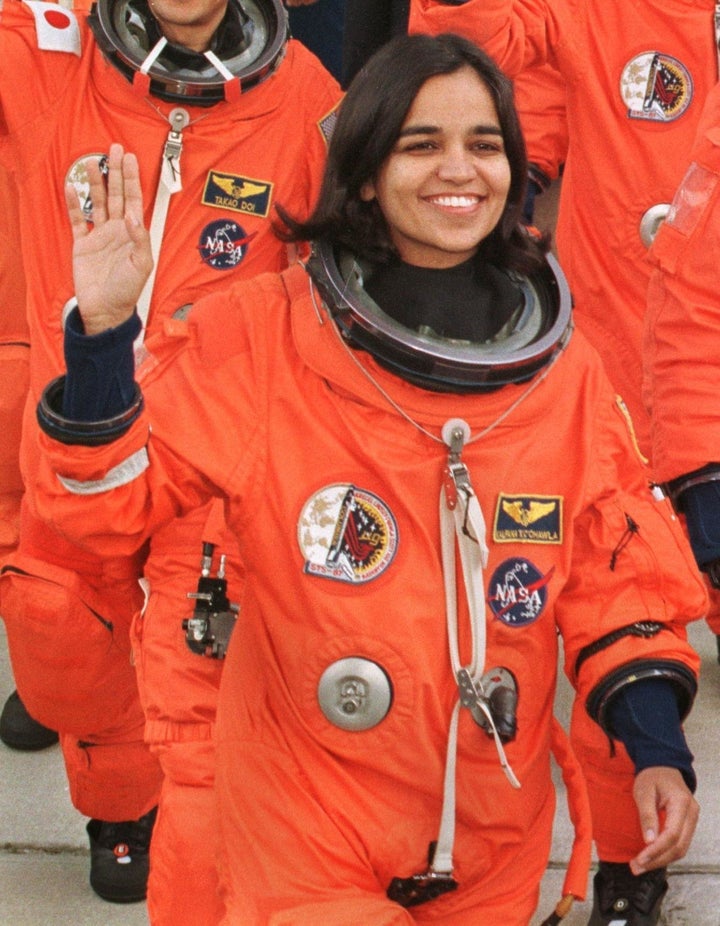
Born in Karnal, India, Kalpana Chawla immigrated to the U.S. for college and to pursue her girlhood dream of becoming an astronaut. In 1997, Chawla made that happen, making 252 orbits of the Earth in just over two weeks as part of the Columbia crew on flight STS-87. In the process, she became the first Indian-American woman and second Indian-American person to go into space.
In 2000, Chawla was selected for her second voyage into space, serving as a mission specialist on the ill-fated STS-107 shuttle Columbia. The shuttle launched on Jan. 16, 2003. Upon returning a few weeks later, Columbia broke up during re-entry into Earth’s atmosphere. The entire crew of seven was killed.
Chawla’s life may have been brief, but her legacy lives on. So does her dreamy description of what sunrise and sunsets look like in space, as she recounted to India Today after the 1997 flight:
It is almost as if everything is in fast forward. It is totally dark. Then dark to violet, to orange and red — all this right at the thin band of atmosphere —and then it’s sunrise. At the sunset, there was a moon — its crescent was razor sharp and the colour was dusty silvery. Then the moon raced away from us and was lost in the glow of the earth’s curvature. Almost like a story book that you read as a child. Gosh, I enjoyed every moment up there.
Cecilia Chung, transgender rights activist (born 1965)
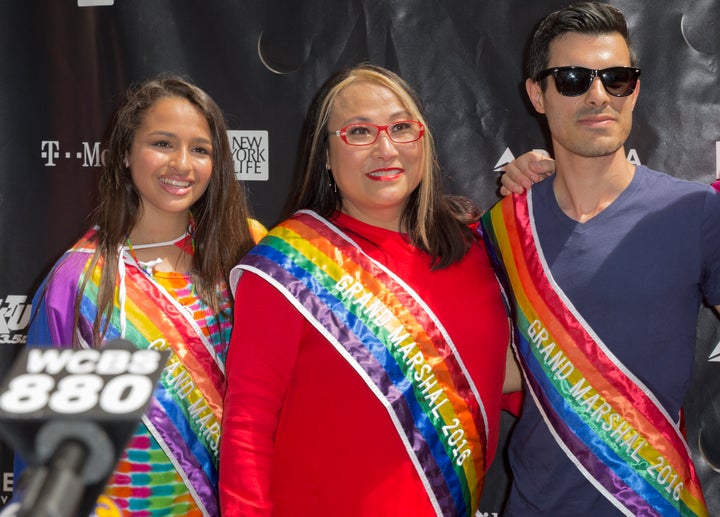
Cecilia Chung has tirelessly advocated for transgender rights for more than 20 years, first in San Francisco, and later, nationwide.
As an Asian transgender woman living with HIV, she’s spent her life fighting to end discrimination, stigma and violence across marginalized communities, first as the former chair of the San Francisco Human Rights Commission and then on the Presidential Advisory Council on HIV/AIDS.
“When I was coming into the movement [in the early ’90s], transgender people were dying left and right — not just because of violence, but because of what we later found out was HIV,” she told Them magazine recently. “We weren’t just fighting for our rights, we were fighting for our lives by demanding treatment and more research. We were also demanding to be seen as human beings.”
Still fighting today, Chung works at the Transgender Law Center and directs Positively Trans, a project that uses research, policy advocacy and narrative to address the systematic inequalities that lead to poor health and high rates of HIV/AIDS in the transgender community.
Chien-Shiung Wu, the “first lady of physics” (1912-1997)
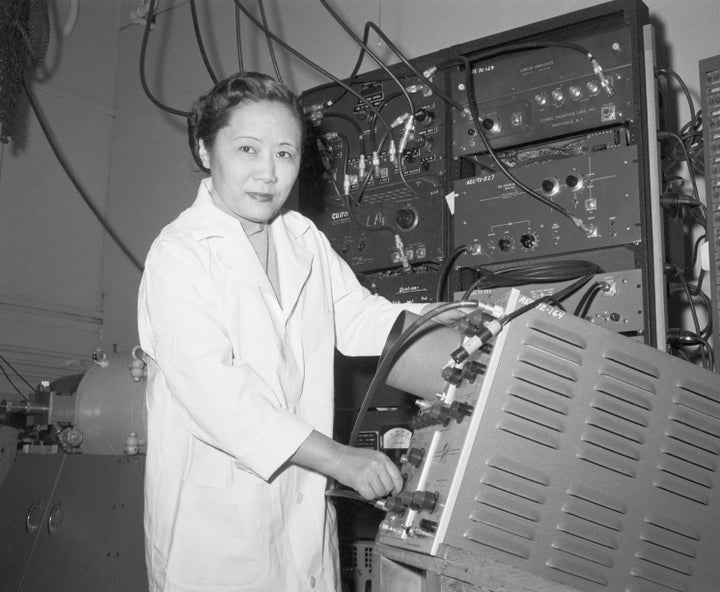
Chien-Shiung Wu is the kind of science genius that Google Doodles dreams are made of: The Chinese-born, American-trained physicist worked on the Manhattan Project, which helped the United States develop the atomic bomb during World War II. She also performed game-changing experiments in physics that disproved the law of conservation of parity.
In 1975, she became the first female president of the American Physical Society.
Deemed the “Chinese Marie Curie” for her wide breadth of work, Wu once remarked, “There is only one thing worse than coming home from the lab to a sink full of dirty dishes, and that is not going to the lab at all.”
Amy Tan, award-winning memoirist and author (born 1952)
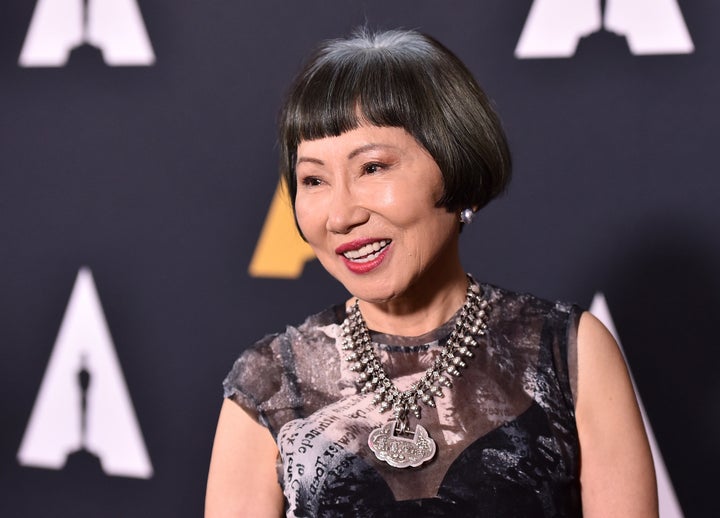
Amy Tan is both a beloved writer and trailblazer in the literary world. Her seminal, bestselling 1989 novel The Joy Luck Club offered a portrait of Asian-American family life that was both specific to the community and universally felt.
In the years since the book’s publication, Tan has wrestled with criticism that The Joy Luck Club wasn’t the be-all-end-all portrayal of Asian-American experience. (Only a minority author would have that charge leveled against them.)
“When The Joy Luck Club came out, it did feel like there were many expectations from all areas — not just in the Asian-American community, but in Asian culture itself, and in any ethnic studies community,” Tan told writer Nicole Chung in 2017.
“There were people who said ‘At last!’ and there were people who said ‘How dare she?’ And many of those comments were from Asian men, who said, ‘She’s representing us incorrectly,’” she recalled. “I wanted to say: I’m not writing sociology, it just so happens this is what happened in my own family.”
In 1993, the book was adapted into a movie, the last U.S. film to feature an all-Asian cast before “Crazy Rich Asians” was released in 2018. As for Tan, she’s still churning out critically acclaimed novels and memoirs.
Evelyn Yoshimura, community activist (born 1948)
Coming of age in the 1960s, Evelyn Yoshimura and her Asian-American peers were already being pigeon-holed as “model minorities.”
As a civil rights activist and one of the founding editors of Gidra ― a newspaper written for and by members of the Asian civil rights movement ― Yoshimura railed against the myth of the quiet, socially obedient Asian-American.
In one Vietnam-era essay, she pointed out the parallels and kinship that should have existed between Vietnamese people and Asian-Americans in the U.S.
“We must destroy the stereotypes of Asian women, and Asian people, as a whole, so we can define ourselves, and be free to realize our full and total potential,” she wrote. “Just as the U.S. government, through forced control, denies the Vietnamese people of their right to self-determination and self-definition, the racism needed to maintain that control cripples us as Asians in America.”
Tammy Duckworth, U.S. senator (born 1968)
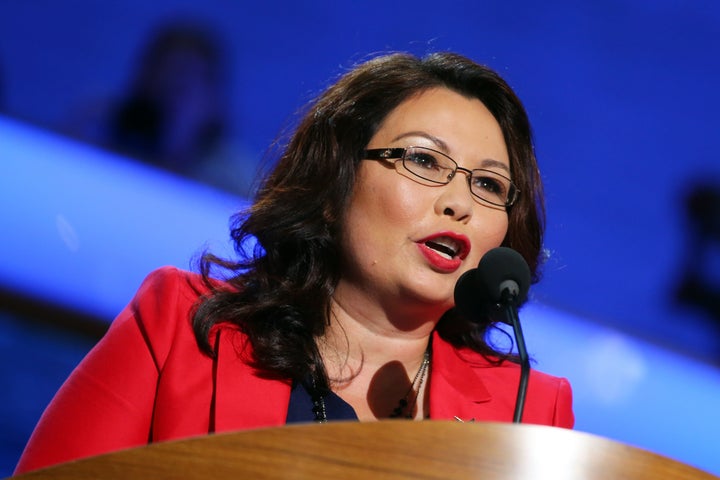
Tammy Duckworth, a U.S. senator currently representing the state of Illinois, has achieved an impressive number of firsts: She was the first Asian-American woman elected to Congress in Illinois, the first woman with a disability to be elected to Congress, the first female double amputee in the Senate ― she lost both her legs while serving as a helicopter pilot in the Iraq War ― the first senator to give birth while in office, and the first member of Congress born in Thailand.
In April 18, 2018, Ducksworth’s daughter become the first baby on the chamber floor after her mom fought for a resolution that allows infants into the room. (The measure ensures that new parents serving on the Senate won’t have to miss a vote.)
“If I have to vote, and I’m breastfeeding my child, especially during my maternity leave period, what do I do? Leave her sitting outside?” Duckworth asked before the resolution was passed.